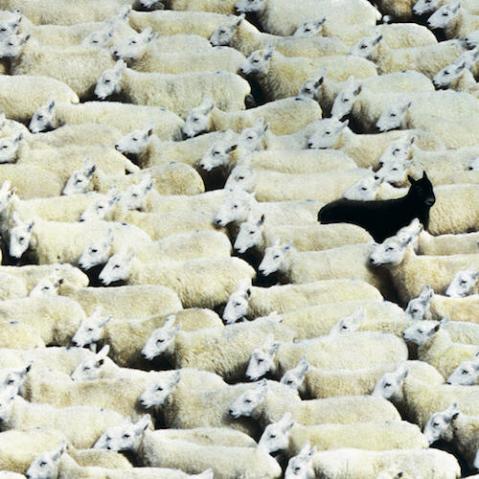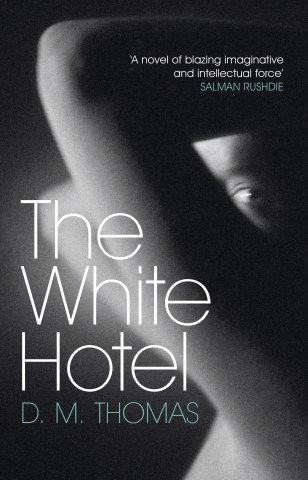Easy places to start with street photography
Using the right equipment, mastering techniques, and putting theory into practice are one thing, but without inspiration, images, whether street or any other kind, will still fall flat. One way to find inspiration begins with finding the right location.
 Inspiration can be on your doorstep
Inspiration can be on your doorstep
Getting started
The best way to begin is to practice in an environment you know and feel comfortable in, so ideally your hometown or city. Here, you should be aware of which areas are busy, quiet, interesting or offer the type of scenes you hope to collect. As your confidence grows you may find you are ready to explore a larger, busier city, or one that offers a wider scope of interest.
Research
Try looking on web facilities such as Google Earth to source new locations, and use tools such as Street View to dive into the area to better visualise where you want to go and what you may want to shoot when you get there. Another great idea is to discover upcoming events, parades, and festivals in that location by seeking out the city’s official website, where a calendar of activities or a news page should be available.
Don’t be afraid to research where other photographers have shot, and what they’ve photographed within those locations. Not only will it kickstart your imagination, but by scanning through photo-sharing sites, such Flickr and 500px, you’ll also get an idea of which places attract the type of subject you want to photograph or the type of scenes you want to capture. The more time you spend preparing before you head out, the more efficiently your shoot will run when you are on location.
 Image by Frank Gallaugher
Image by Frank Gallaugher
Day, Week, Month, & Year
When you go out to shoot, the time of day, week, month, and year will play a huge part in determining the type and volume of subjects that will litter your scene. Consider wisely when you photograph, as each of these variables will affect the outcome immensely. For example, while one sleepy corner of the city may be like a ghost town at 8 o’clock on a Monday morning, it may be alive and kicking come 10 o’clock on a Saturday night. Commuter routes are likely to be swamped Monday to Friday before 9AM and after 5PM, but may be empty during the weekends. Shopping and tourist destinations are likely to be more frequented at the start of the month after pay day than at the end of the month. Throughout the year, holidays, vacation periods, and school semester breaks will also alter the type and volume of people around.
Same but different
If you are reluctant to head out to new terrain, then consider shooting the same area of the street or city from a new perspective, by altering the angle from which you shoot. While you may be a pro at capturing the same location from a head-on point of view, why not move to higher ground to shoot the scene from above, or get down low and shoot it from the ground? There are multiple ways to shoot the same location, but keep it interesting and fresh by altering the viewpoint.
Places to seek out street subjects
- Markets and fairs
- Festivals
- Open-air concerts
- Commuter paths
- Shopping districts
- Tourist hotspots
- City gardens
- Recreational parks
- Financial and business sectors
- Transport links: bus, train, and subway stops and stations
- Busker and performing-art sites
- Outdoor eateries and food sellers
Michael Freeman’s Photo School: Street is Michael Freeman’s and Natalie Denton’s guide to street photography. From which kit you might need, to spotting compelling images, via shooting discreetly, and honing your technique, this book will take you from average snap to great great street photo.
 Michael Freeman’s Photo School: Street
Michael Freeman’s Photo School: Street
Buy it now!
RRP for print edition: £17.99



